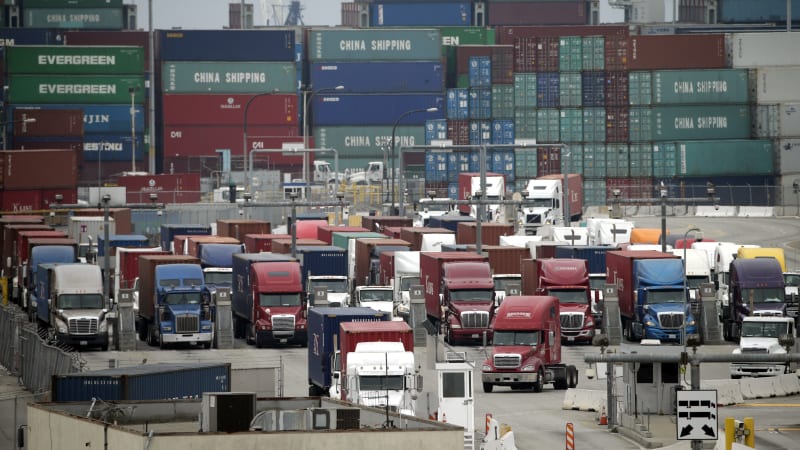
California went and did it again. In a unanimous vote Friday, the California Air Resources Board approved its Advanced Clean Fleets (ACF) measure outlawing the sale of new ICE-powered trucks in the state as of 2036. Then every kind of truck — from Amazon package delivery vans to postal service vehicles to medium-duty trucks with a gross vehicle weight rating above 8,500 pounds to over-the-road big rigs — will need to be zero-emissions, with just a few small potential exceptions. The previous target was 2040.
The advanced deadline comes one year after the state’s equivalent mandate for light-duty vehicles, which takes effect in 2035.
At most, fleet companies will have six years to rid their fleets of vehicles that emit anything other than pure H2O, 2042 established as the year all trucks in the state must be zero-emissions. That would equate to 1.8 million medium- and heavy-duty trucks today, just 7% of the total number of vehicles in California but collectively the largest contributors to vehicle air pollution in the state.
The staggered ICE truck drawdown over the next two decades begins next year. That’s when new drayage trucks, the carriers that shuttle goods between ports and warehouses, must be ZEV. These trucks also get the longest conversion window, not having to convert to either battery-electric or hydrogen until 2035. These trucks are especially important, as hordes of them toil in the most polluted and heavily residential regions of California. They spend heaps of time idling as they shuttle goods from the ports of Los Angeles and Long Beach, the two largest container ports in the country, to sprawling warehouse complexes in California’s Inland Empire.
Public agencies have the shortest window, required to purchase 50% ZEVs by next year and have their entire fleets converted by 2027. Garbage trucks and city buses have until 2040 for full conversion, as do utility fleets. Emergency vehicles like ambulances and fire trucks are exempt from the provisions for now.
By ensuring the ACF targeted fleet owners and managers instead of drivers, CARB aims to make sure businesses don’t shift the burden of conversion onto drivers optimistically labeled “independent contractors,” and gained the support of the trucker’s union. Trucking company organizations, on the other hand, aren’t pleased. Chris Shimoda, senior vice president of the California Trucking Association, told San Francisco’s KRON4, “The amount of chaos and dysfunction that is going to be created by this rule will be like nothing we’ve ever seen before,” and, “The likelihood that it is going to fail pretty spectacularly is very high. It’s very unfortunate.” Mike Tunnell at the American Trucking association said companies “would rather see the technology be proven and work” before rules are put in place.
CARB believes the technology is here, and now that the state’s established a horizon, “private infrastructure providers” can organize investments and make plans. On the tech side, for instance, note Daimler Trucks’ new Rizon brand in addition to other established players like Kenworth and Volvo, plus new players like Rivian, Nikola, and Volta. On the infrastructure side, look no further than Daimler’s joint venture with NextEra Energy Resources and private equity firm BlackRock on the coming Greenlane charging network devoted to ZEV commercial vehicles. On top of this, state and federal incentives currently add up to tens of billions of dollars in available funding to assist private investment.
The question now is how many states will follow, and when. The Washington Post reported that eight additional states could adopt similar rules, the nine states combined accounting for 25% of the nation’s truck market. California wants a carbon neutral economy by 2045, part of which means targeting every truck on the road being zero-emissions, including those from out of state.


